The Clockwork Orange
The Story of the Glasgow Underground

“The Clockwork Orange”, Why does the Glasgow Subway have the nickname “the Clockwork Orange”? Well you would need to go back to the Late 1970’s when the Chair of British Rail, Sir Peter Parker visiting the mock-up of the new subway was quoted saying “so these are the original Clockwork Orange” as the trains ran in both clockwise and anticlockwise direction and the colour scheme was bright orange (Or as they called it Strathclyde Red) which was the corporate colour used by Greater Glasgow Passenger Transport Executive and was coined from the book and film A Clockwork Orange
Now that we have answered that question it is time to go back over 130 years ago to 1890, the 4th August 1890 when the Glasgow District Subway Act received Royal Assent. Moving on to March 1891 work started at St Enoch Square and by November the Subway received the final inspection by the Board of Trade with the first train on the 14th December 1896 (For one day only). The first regular passenger service started on the 21st January 1897. This made the Glasgow system the third in the world to carry passengers after London and Budapest



By 1921 the financial situation did not look good for the company and the directors authorised the closure of the subway.in 1922 Glasgow Corporation Tramways (GCT) started negotiations with the Glasgow District Subway Company with the plan to buy the Subway. The GCT agreed to finance the subway to keep the trains moving and by the 7th June 1922 GCT had agreed a buying price, All that was need was legislation to transfer the operation from the Glasgow District Subway Company to the Glasgow Corporation Tramways with ownership transferred on 1st August 1923(Glasgow Corporation Tramways was renamed Glasgow Corporation Transport at this time)

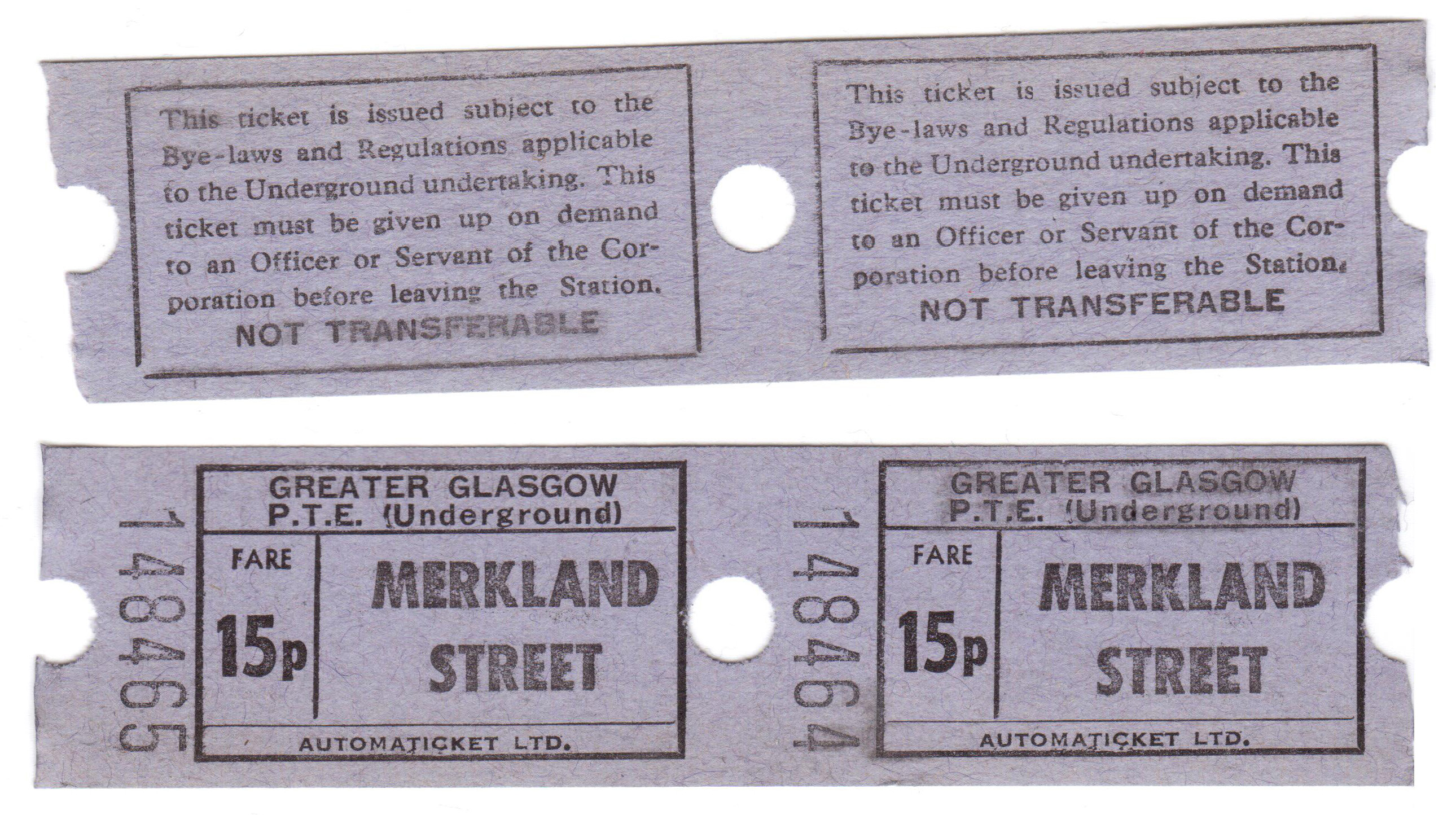
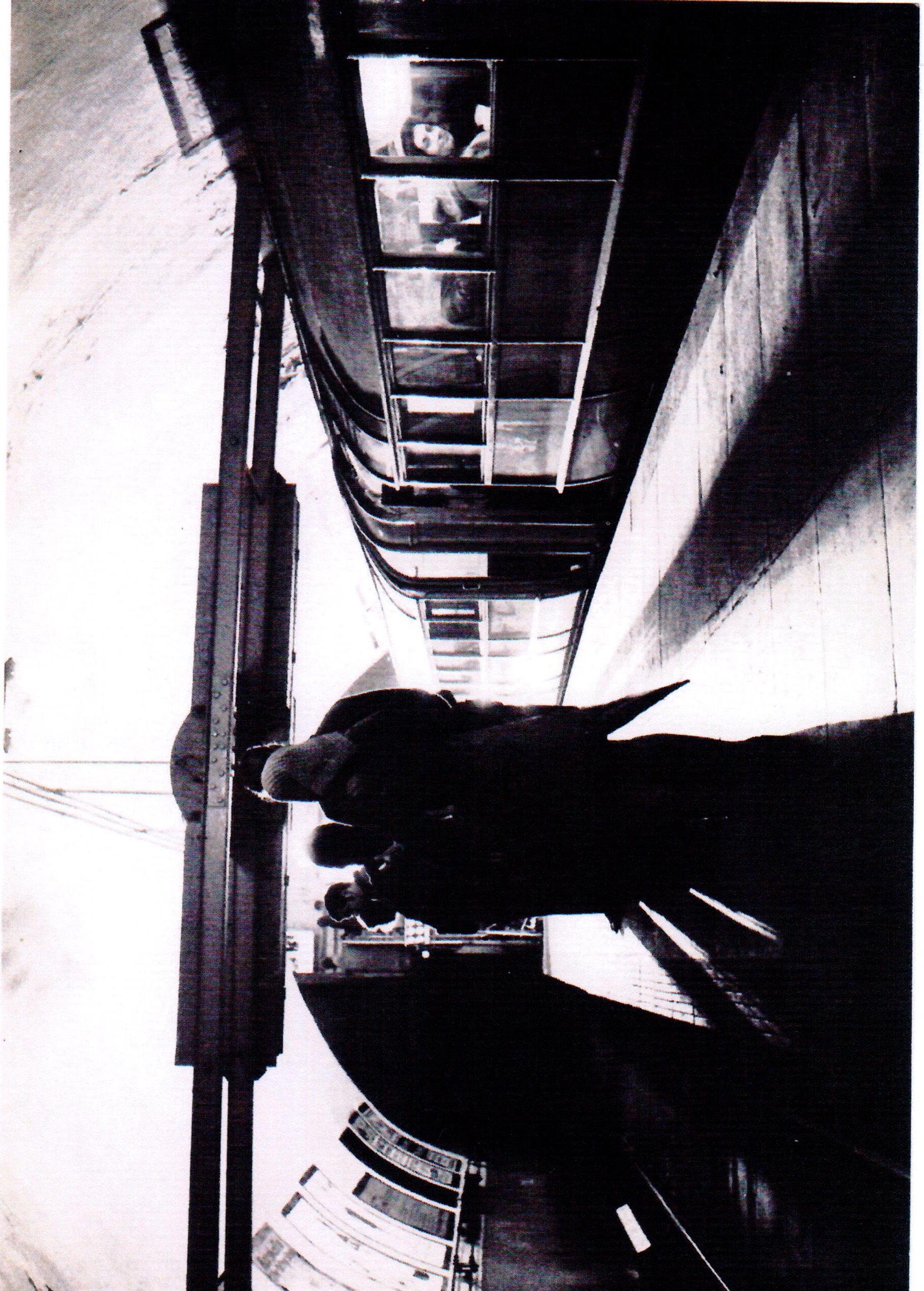
On the 5th September 1932 Glasgow Corporation Transport, started to experiment with electrification and a section of track was used (Copland Road to Merkland Street Via Govan Cross) With car No 60 as the test train. On the 26th March 1933 Councillors were given a test run and the whole system was given permission for electrification to start. On the 31st March 1935 the Inner Circle opens with the new electric service. On the 30th November 1935 the last cable train ran in service and by the 5th December 1935 both Circles were now running with electric trains (original train modified with electric motors and controllers – same as the tramway but using the 3rd rail as the power pick-up). In 1936 the system was renamed the Underground
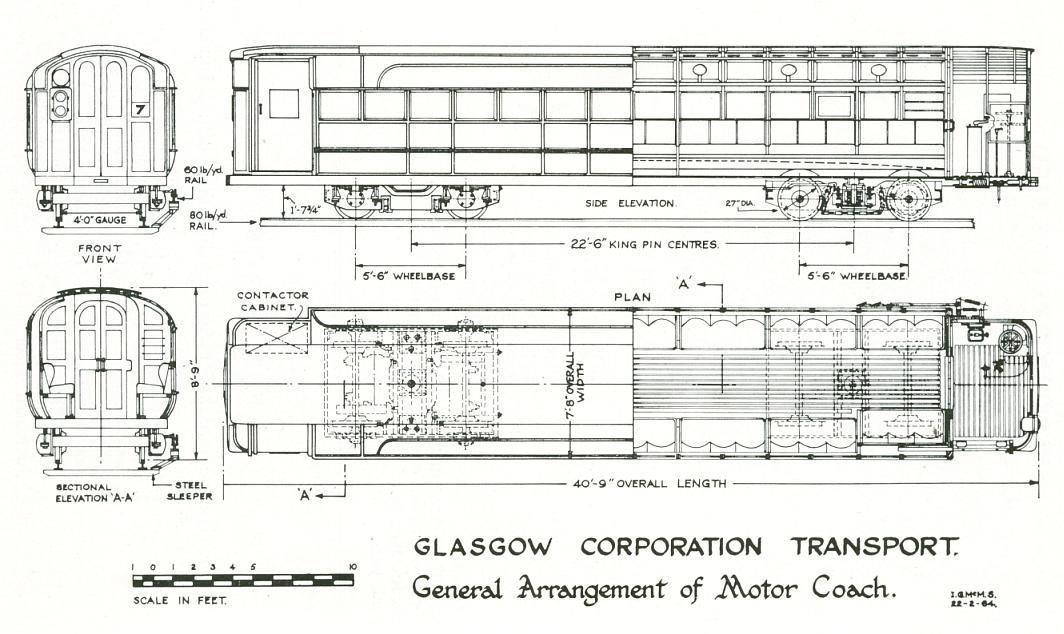
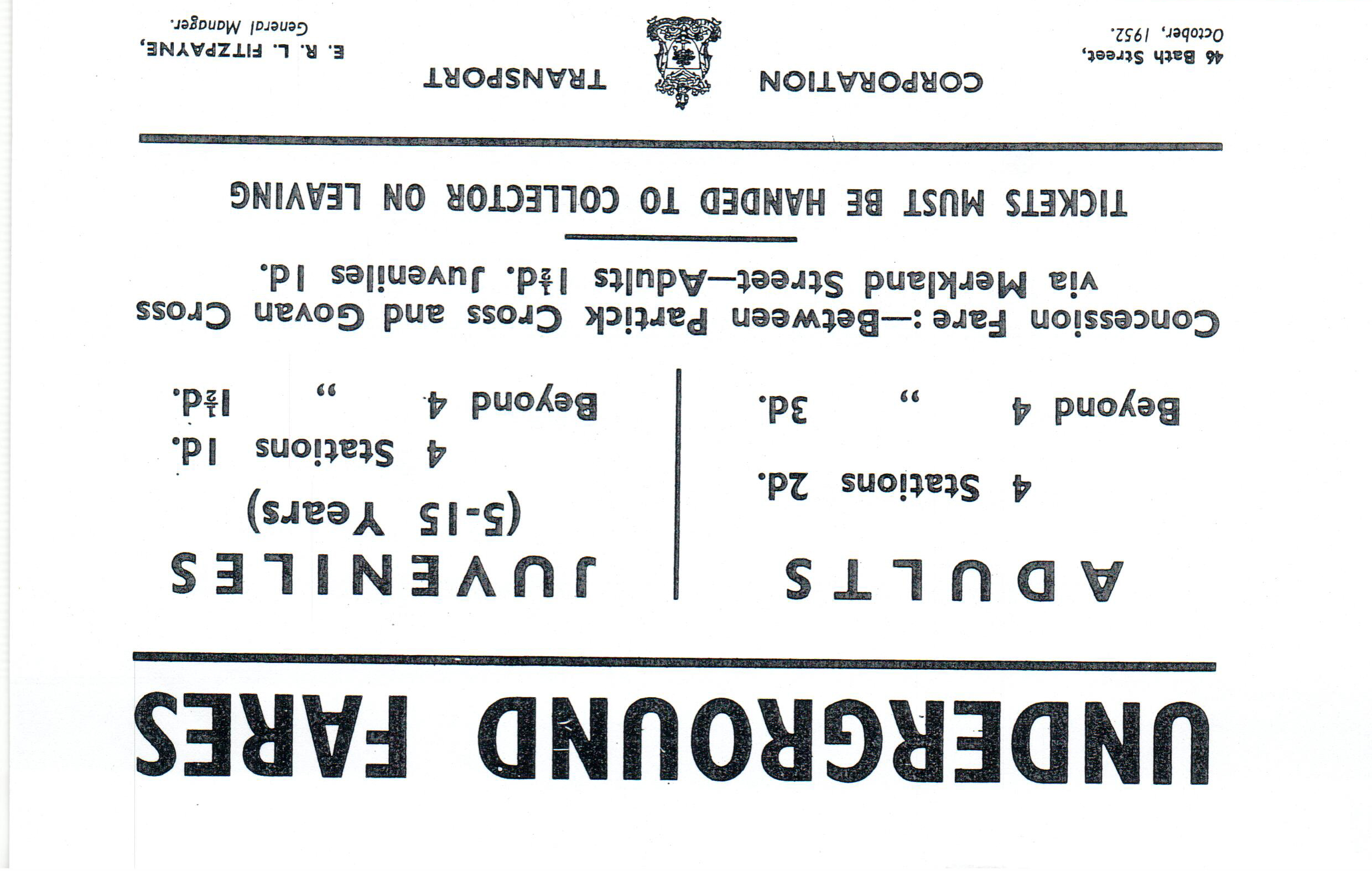
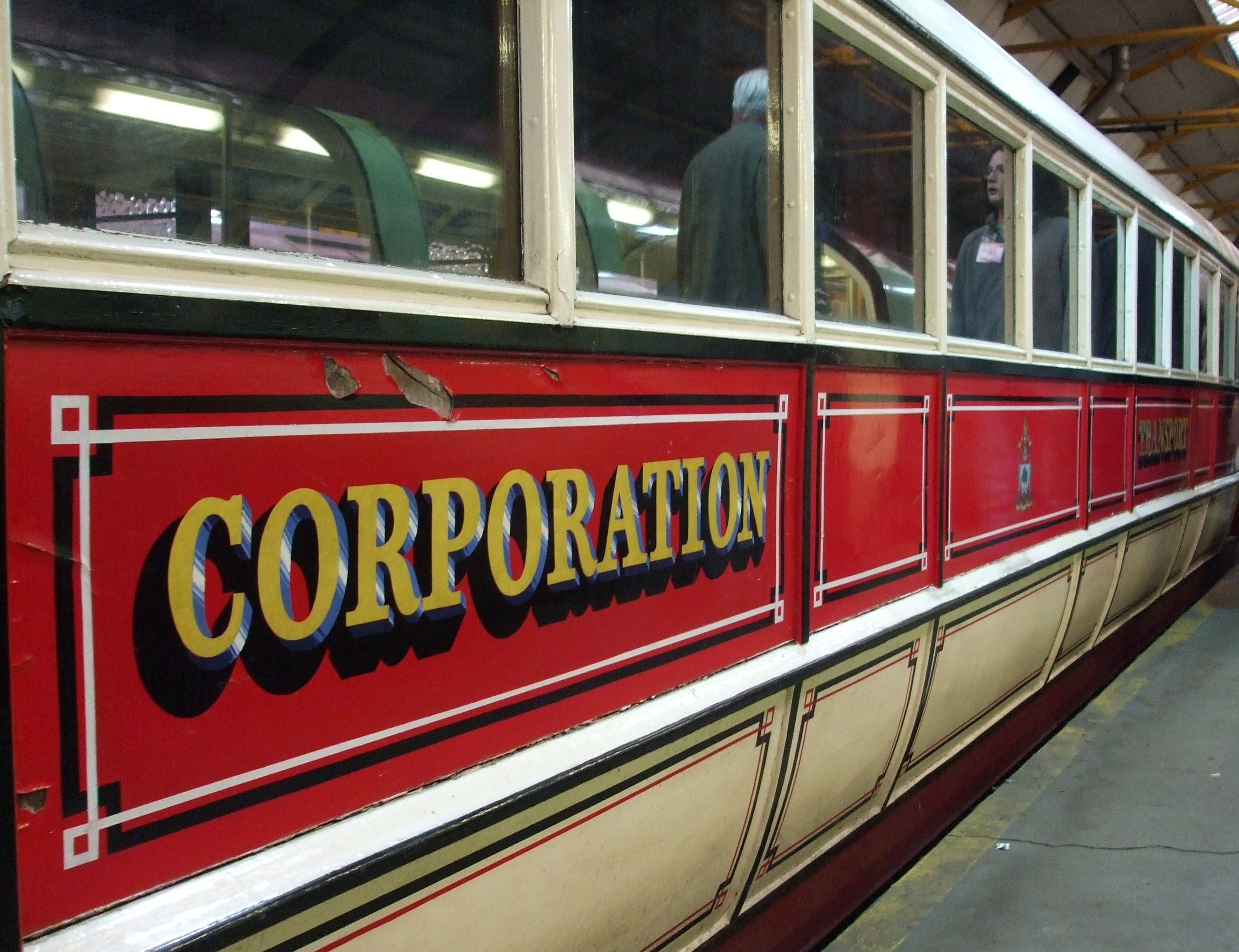
On the 18th September 1940 the system had to close as a result of bomb damage next to Merkland Street, the service restarted on the 27th January 1941, in 1944 the Underground introduced “Cinema-Style” Tickets

In between 1972 and 1975 another change happened with the Underground, regarding who runs the Underground as Strathclyde Regional Council abolished Glasgow Corporation Transport and forms Greater Glasgow Passenger Transport Authority and Greater Glasgow Passenger Transport Executive and they start planning the modernisation, The plan was approved by the Secretary of State for Transport in 1974 with the Underground closing on the 22nd May 1977
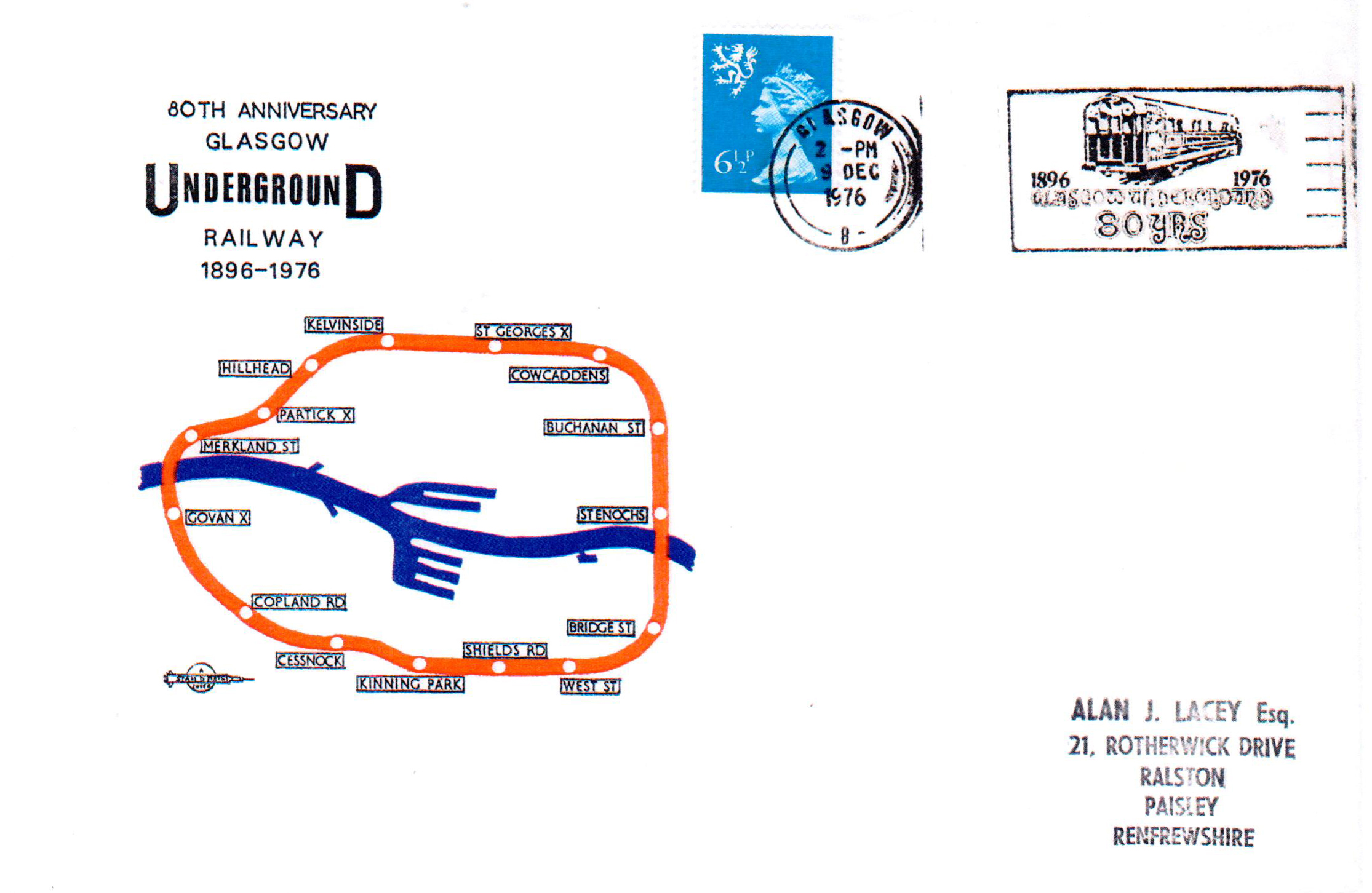
Underground 80th Anniversary Envelope
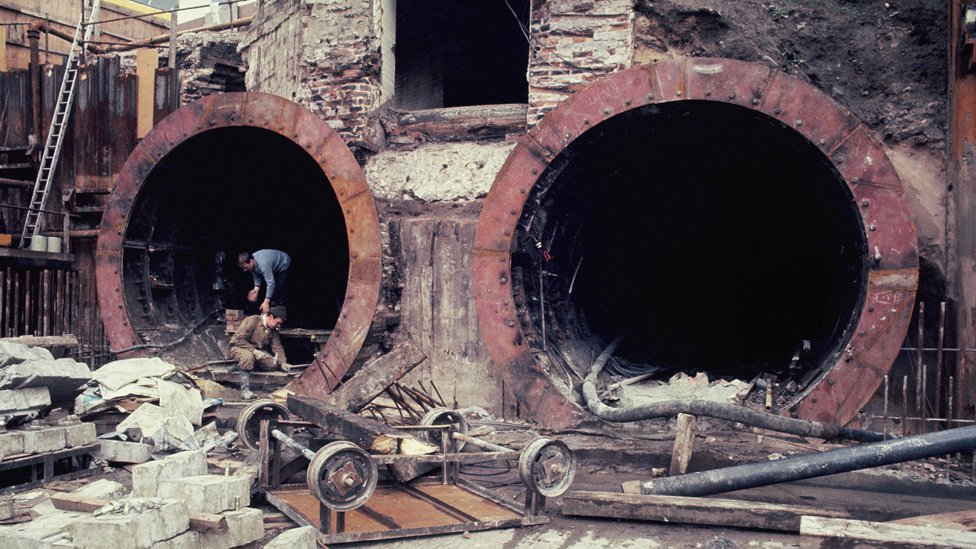
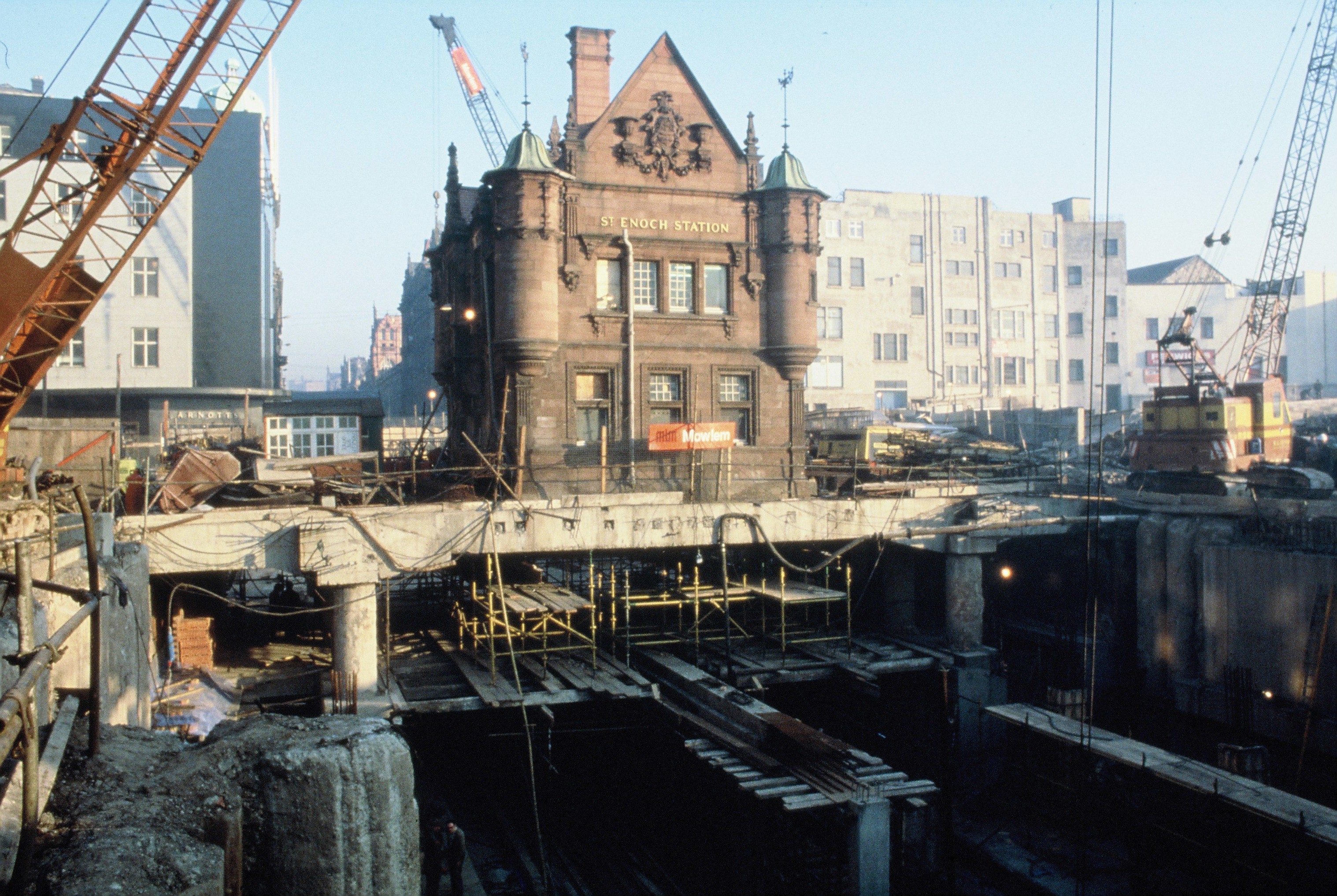
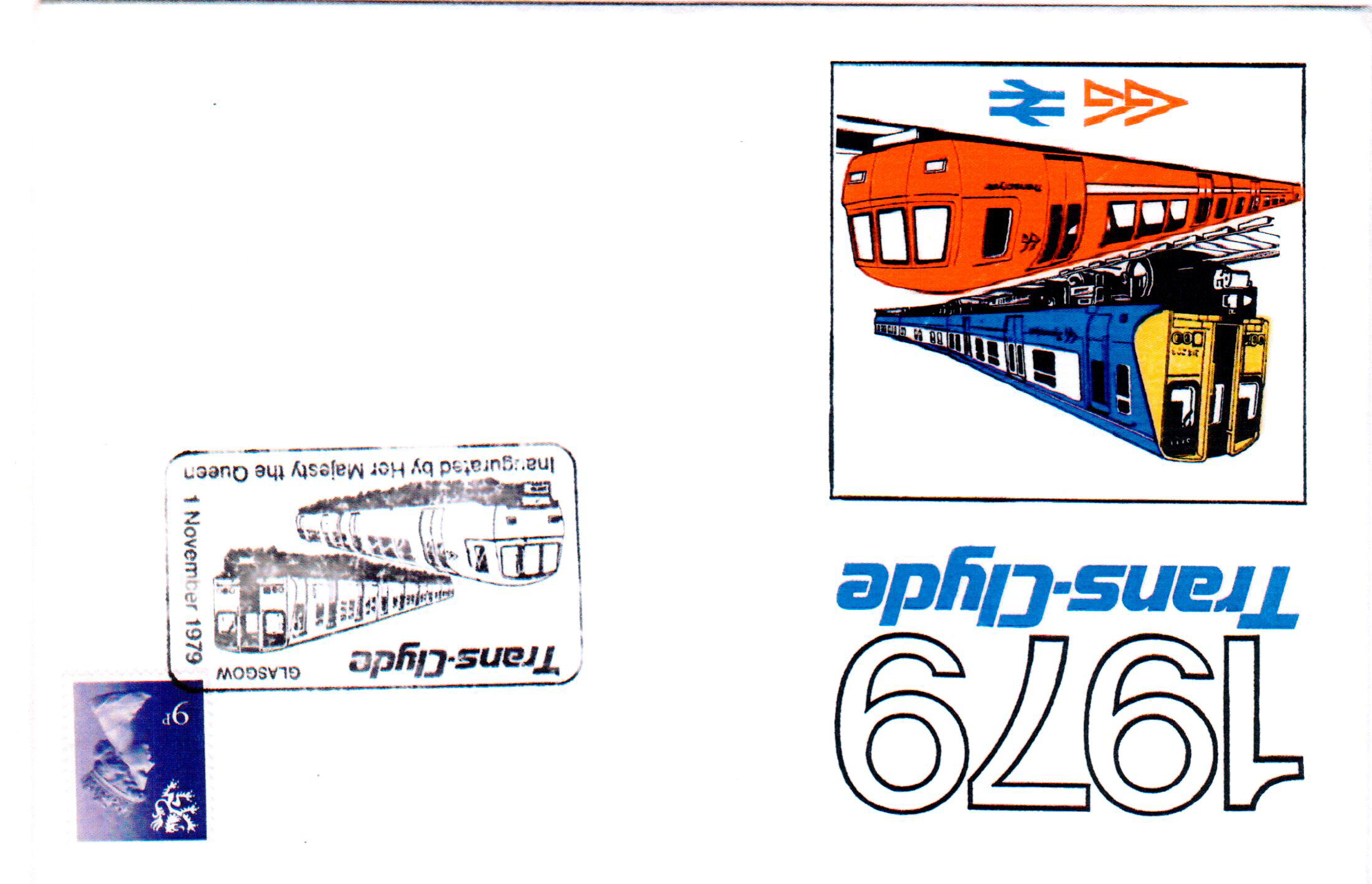

The new Underground service is inaugurated on the 1st November 1979 by the Queen and Reopened to passengers on the 16th April 1980 (Operating Mon – Sat, 06:30 – 19:00)
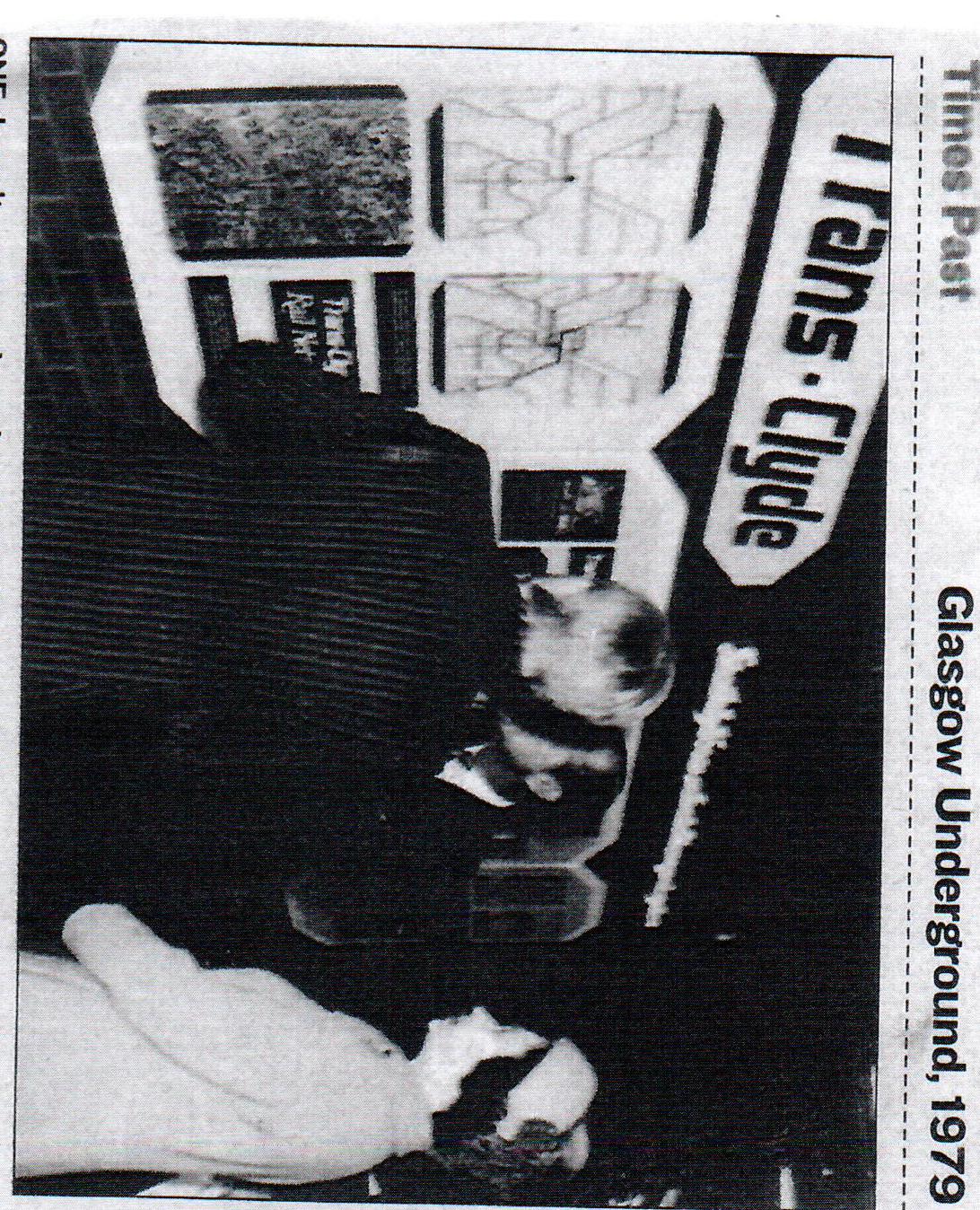
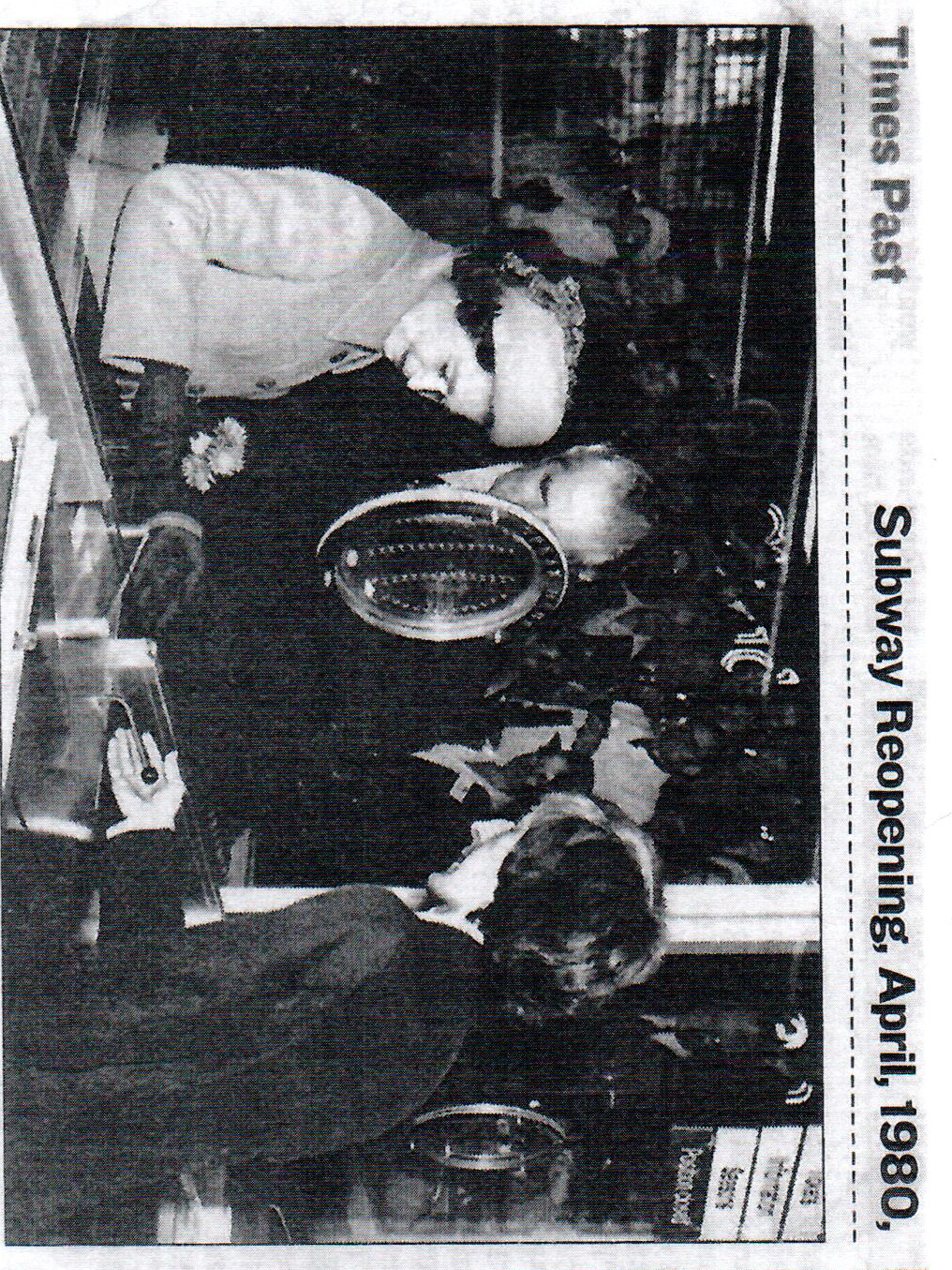
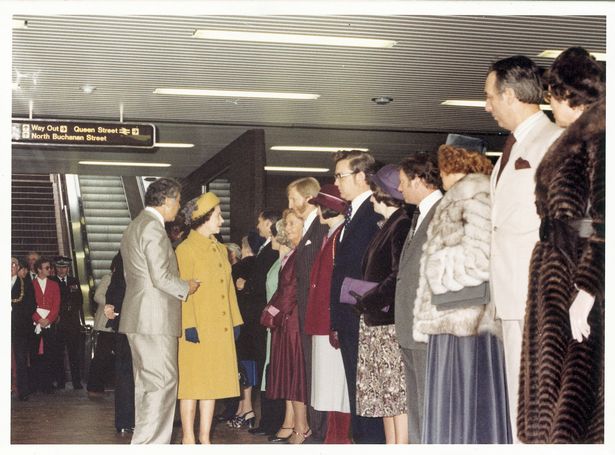
By September 1980 the Underground Service was extended into the evenings and in December the Greater Glasgow Passenger Transport Executive was now called the Strathclyde Passenger Transport Executive(SPTE). In 1986 SPTE started with Sunday services experiment and in 1988 started a Sunday service for the Glasgow Garden Festival and this became a regular service
In 1992 the Underground add 8 new trailer cars to their fleet creating the first 3 car train on the Underground and refurbished all their power cars in 1995/1996
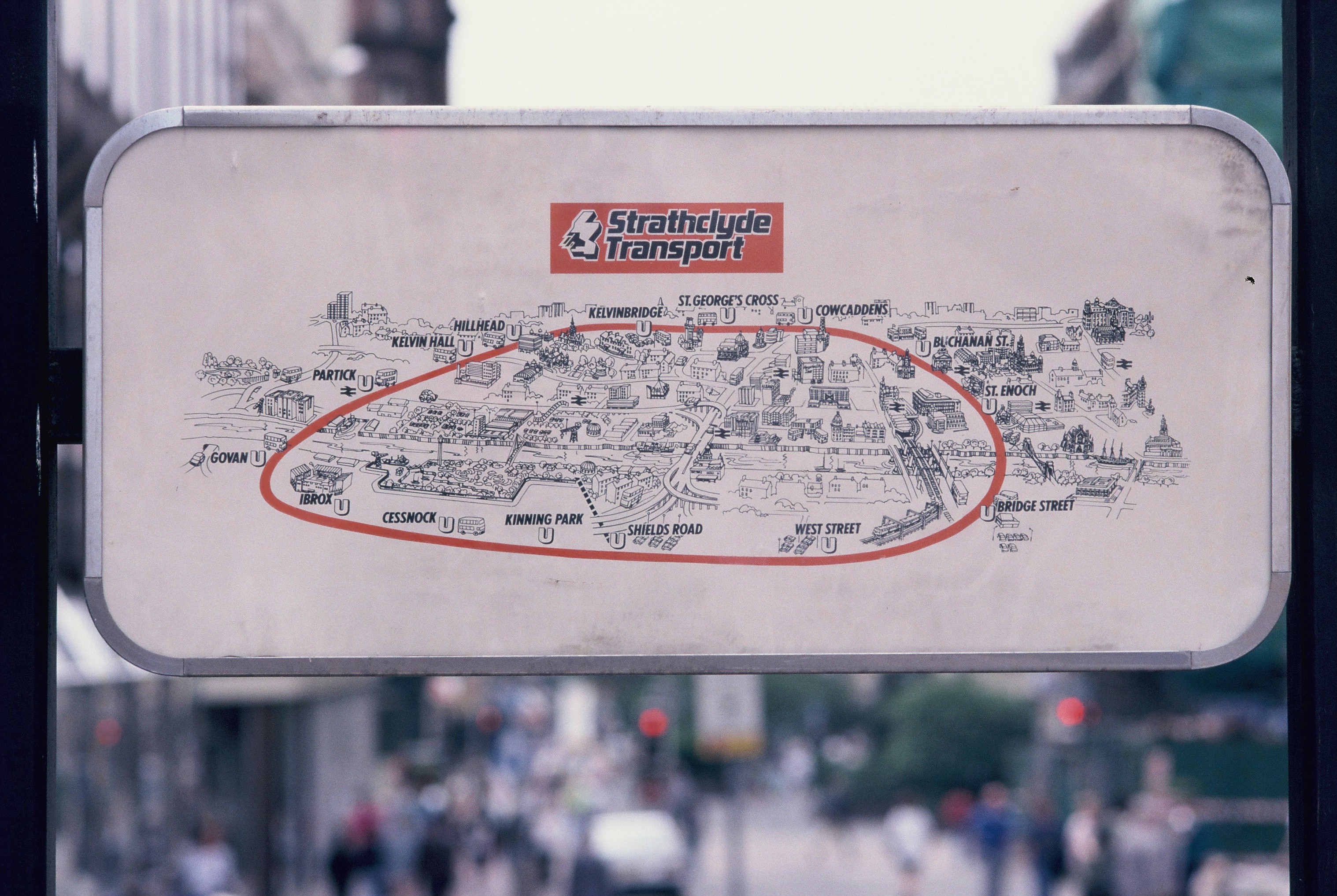
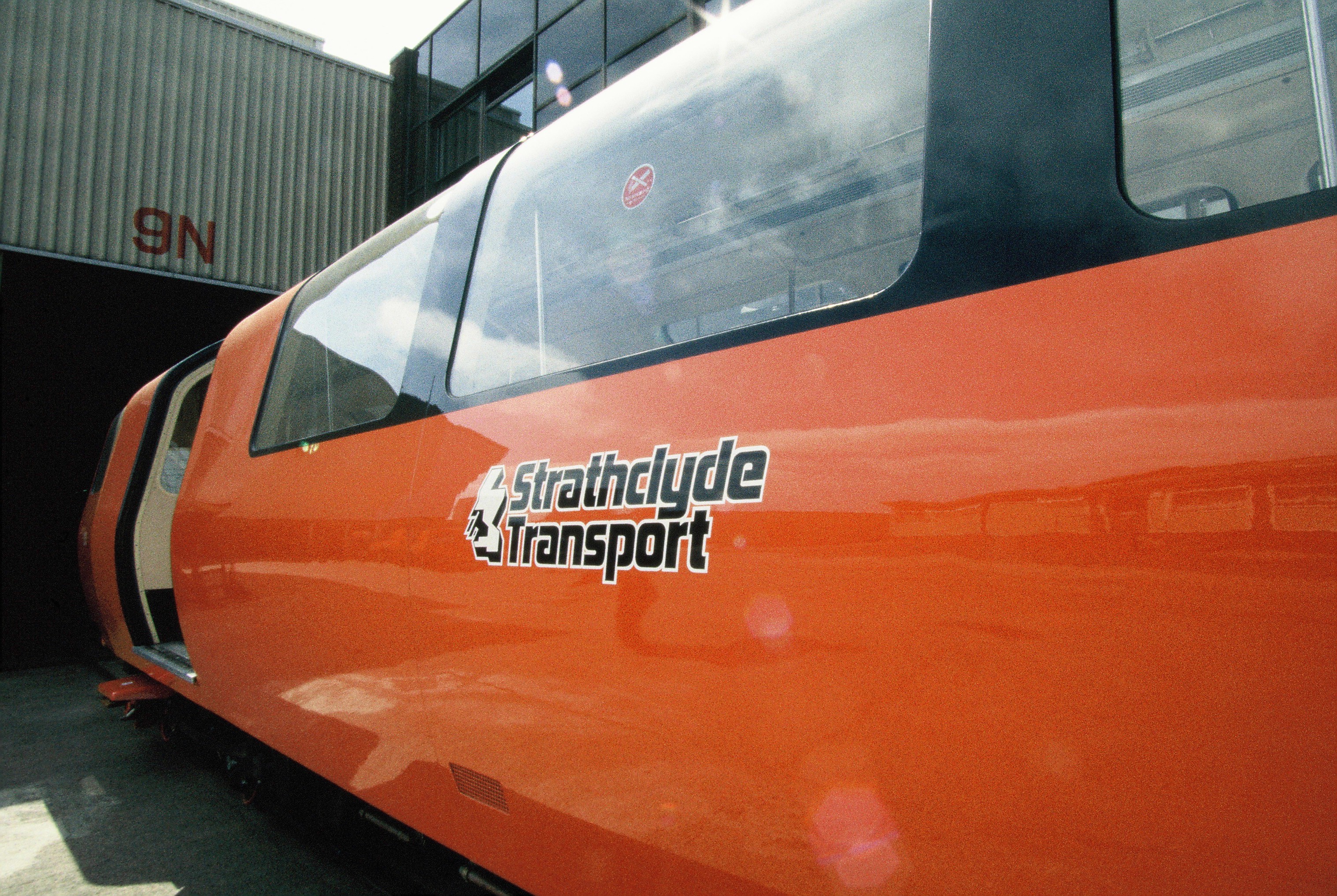
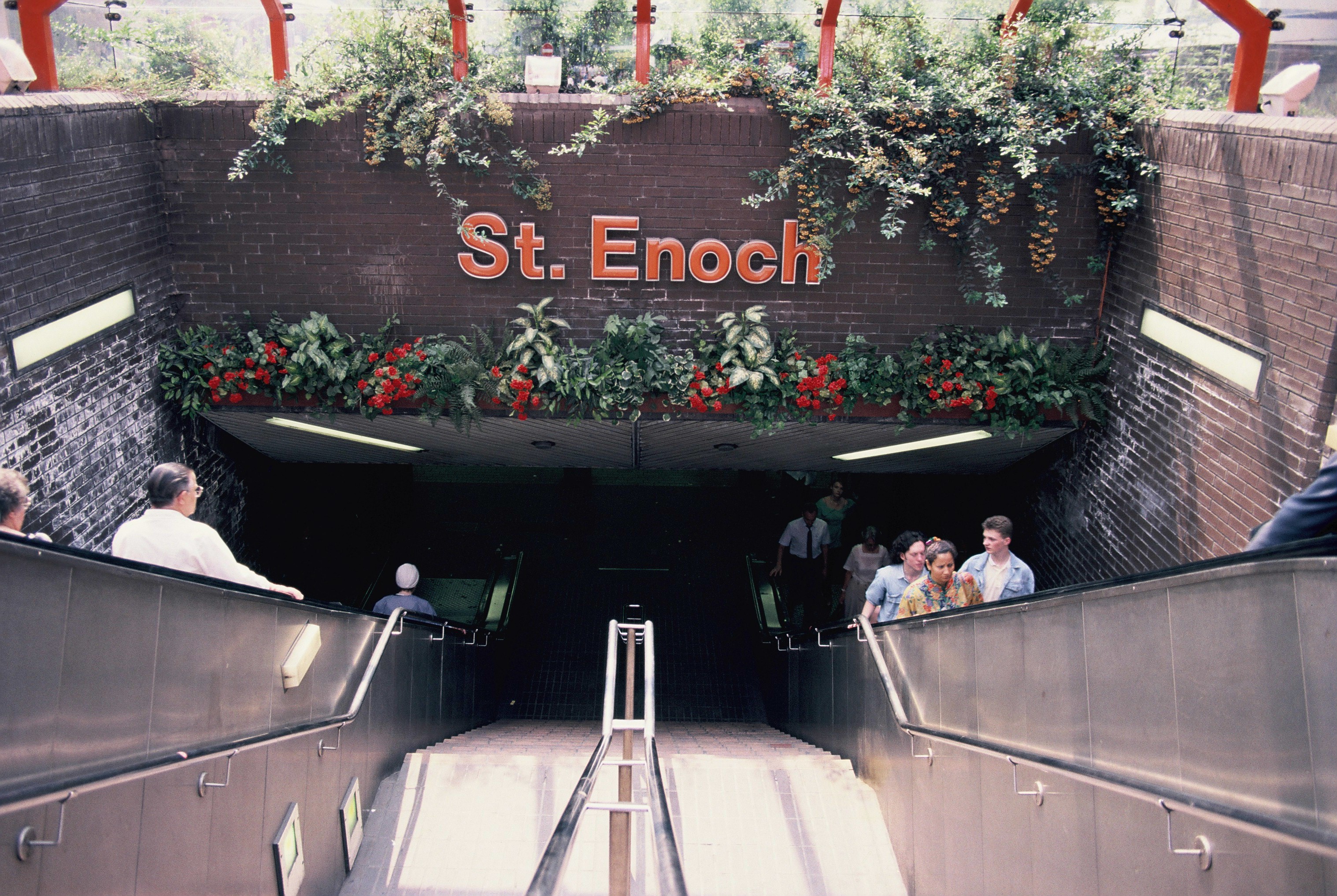
With another change on the 1st April 1996 on who the operator, Strathclyde Regional Council was abolished and a new board was made up from the 12 new councils to run SPT. On the 1st December 1996 the Underground celebrated their 100th Anniversary
In 2006 the operator changes to Strathclyde Partnership for Transport and they started on the second modernisation of the Subway and in July 2011 started with Hillhead station with the station reopened in September 2012 by the Deputy First Minister Nicola Sturgeon. In October 2013 SPT introduced smart ticketing. As of September 2020, all station except 2 have been upgraded (Kinning Park and West Street) – More information on the modernisation today can be found at http://www.spt.co.uk/subway/modernisation/